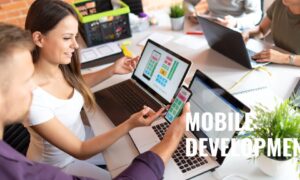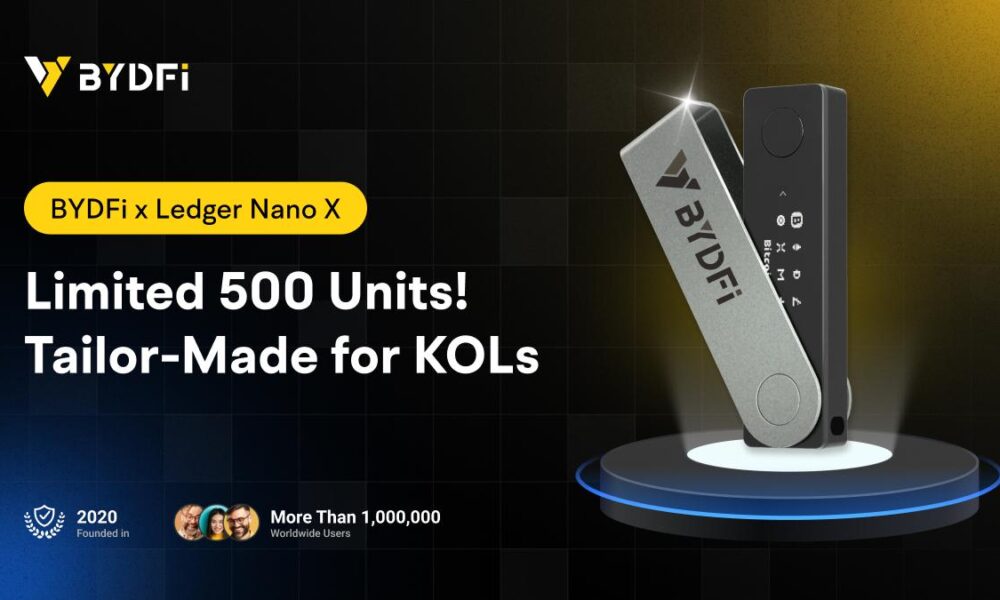Nowadays, where convenience comes as a priority, how we fill up our vehicles has improved a lot. We don’t need to stand in long lines at traditional gas stations or take detours that disrupt our daily schedules anymore. Today, we get to enjoy the services of mobile refueling service providers who make refilling our gas tanks easier.
Let’s take a closer look at the specifics of mobile refueling and traditional gas stations.
Accessibility, Convenience, Efficiency and Time Savings
When we talk about convenience, on-demand fuel delivery is unbeatable. Customers don’t need to travel to a traditional fuel stop just to get their vehicles filled up. Fuel delivery companies will come to them wherever they are, whether it’s at home, work, or any particular place they choose. This helps their customers save a lot of time and avoid the inconvenience of doing detours just to get fuel.
Mobile refueling easily fits into a customer’s schedule because it provides the convenience of on-demand fuel delivery right where they want it. This makes refueling a smooth part of their everyday routine. Customers can keep doing their daily tasks while their vehicles get refueled, which helps them manage their time better and makes everything more convenient.
On the other hand, finding a classic petrol station can pose challenges especially during rush hours, or when they’re located in a remote area. In busy cities, traveling to a fuel station is quite inconvenient as there can be traffic jams and long queues at the stations. In remote areas, fuel stops are limited and the distance to travel is sometimes extended, which is very time consuming. For those running low on engine oil, this would be very inconvenient and risky as well.
Environmental Impact
Delivering fuel to remote locations helps protect the environment by decreasing the amount of time vehicles spend idling. Rather than vehicles waiting in lines with their engines running at gas stations, mobile refueling ensures quick fuel delivery, reducing unnecessary emissions. This efficient process contributes to reducing carbon emissions and promotes a cleaner and more sustainable way of refueling.
Mobile refueling companies frequently put in place sustainability efforts like improving fuel routes to cut down on mileage and emissions. They might also use advanced technology for monitoring fuel and preventing spills to reduce their impact on the environment. Furthermore, certain companies may give customers the choice to select environmentally friendly fuel options, adding to their sustainability initiatives.
Regular gas stations can have a larger impact on the environment compared to doorstep fuel delivery. They are more prone to fuel spills, which can result in soil and water pollution, creating environmental hazards. Furthermore, the emissions from vehicles waiting in lines and running engines at gas stations add to air pollution, making them less environmentally friendly compared to the efficient, low-emission methods of mobile refueling.
Safety and Security
Personalized fueling solutions prioritize safety by employing trained technicians who adhere to strict protocols. These experts are proficient in handling fueling equipment and addressing potential risks. They use secure fueling equipment to prevent any leaks or spills, ensuring that the refueling process is safe for both the customer and the environment.
Traditional fuel stops come with several common safety risks, including gasoline-related hazards, vehicle mobility, dangerous substances, fire dangers, and the presence of compressed air systems. The presence of gasoline poses a significant fire and explosion threat, but even when gasoline containers are empty, they can emit flammable vapors. In addition to gasoline, gas stations also handle and sell various chemicals and products that can lead to respiratory issues, skin irritation, or chemical burns.
Cost Considerations
Concierge fuel services typically offer competitive prices, and their pricing structure can lead to savings for consumers. Mobile refueling companies can lower overhead costs related to maintaining traditional gas stations, and they often pass these savings on to customers. Additionally, loyalty programs, discounts, or subscription models can further increase cost savings, making mobile refueling a financially appealing choice for many.
Fuel prices at regular gas stations can change based on where you are and market conditions. Also, waiting in lines, the wear and tear on your car from congestion, and buying things you didn’t plan to at the gas station can add extra costs. All these things can make refueling at traditional stations more expensive than the clear and efficient pricing of direct-to-vehicle fueling.
In summary, mobile refueling services have several benefits compared to regular gas stations, such as convenience, time savings, less impact on the environment, improved safety measures, and possibly lower costs due to efficient pricing. They remove the need for customers to go to gas stations, reducing wait times and fitting refueling easily into their routines. Moreover, mobile refueling supports sustainability by reducing emissions and fuel spills, making it a more eco-friendly option.
The decision between on-demand fuel delivery and regular gas stations depends on your personal priorities. What’s most important to you – convenience, time, environmental concerns, or your budget? Whether you like the efficiency of mobile refueling or the familiarity of traditional gas stations, the choice is yours to make. Decide based on your needs.



































